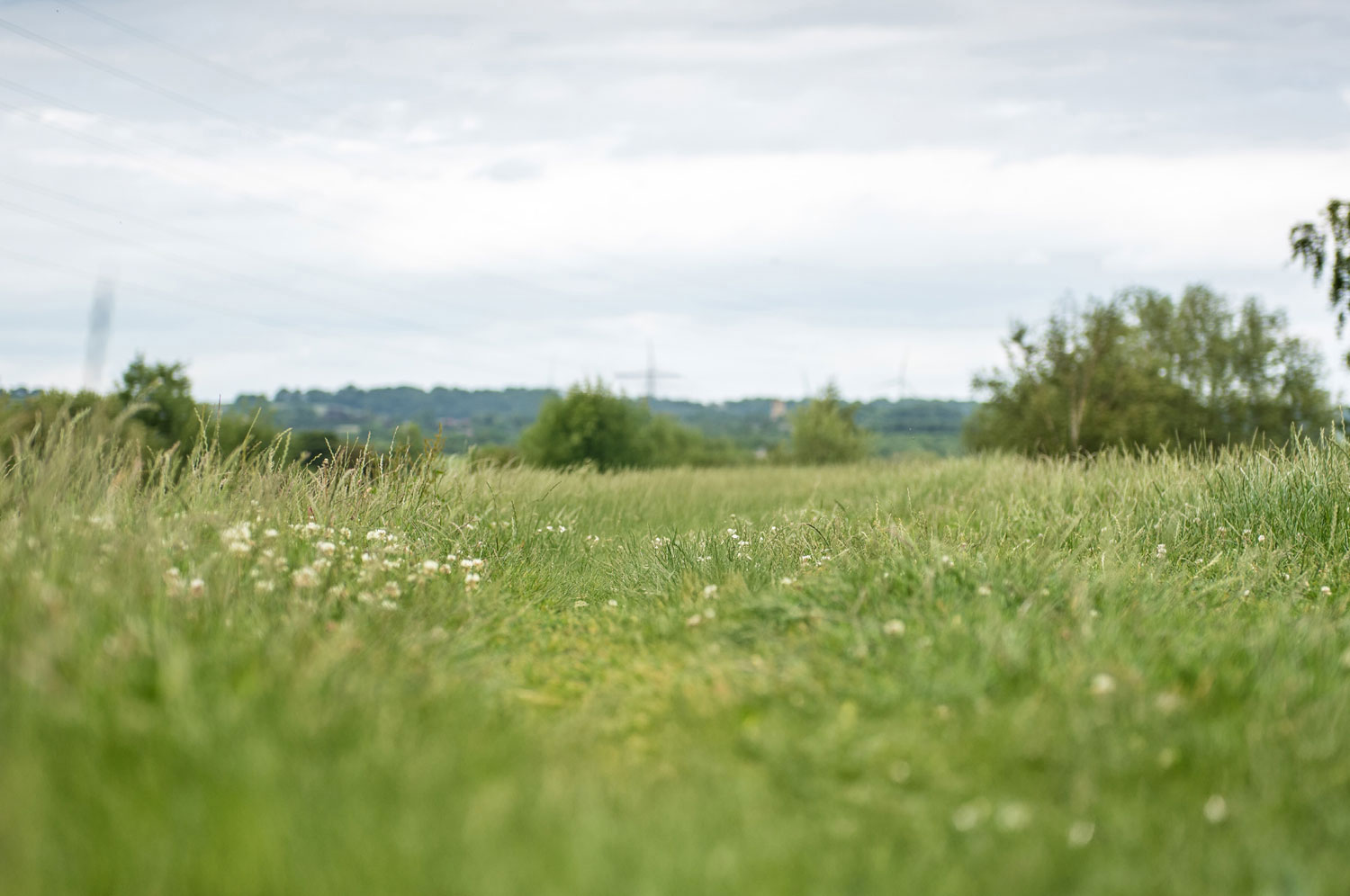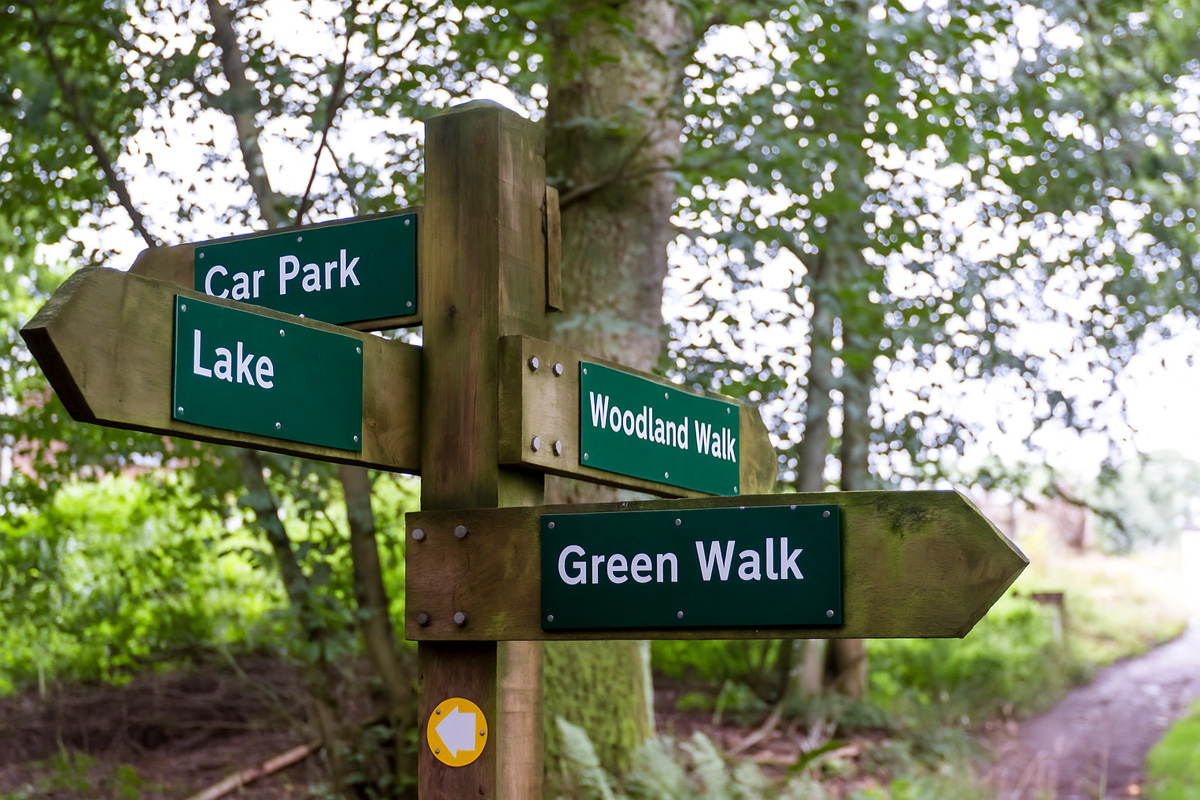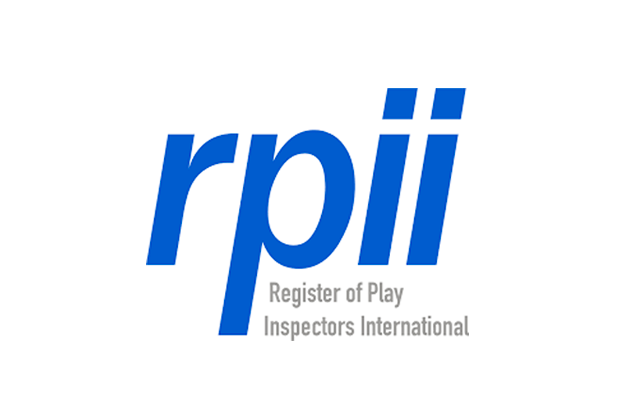What is a SANG in 2025?
Under the Conservation of Habitats and Species Regulations 2017 (as amended) (hereinafter referred to as the “Habitat Regulations), Special Protection Areas (SPAs) and Special Areas of Conservation (SACs) are designated and protected for their internationally important species of flora and fauna. Within the Habitat Regulations, Local Planning Authorities (LPA) are deemed to be ‘Competent Authorities’ and they must ensure that new residential development has no adverse effect on the protected sites.
Where there is evidence of existing recreational disturbance upon SPAs and SACs, provision of Suitable Alternative Natural Greenspace (SANG) is an accepted approach to mitigate impacts of new residential development within certain catchments of the protected sites. SANG provide an alternative destination to attract new residents (and their dogs), who might have otherwise visited the protected sites and increased the recreational disturbance.
The requirement to provide SANG alongside residential development has significantly increased since its conception in the Thames Basin Heath SPA pre-2010.
As the recreational impacts are unique to each protected site and each LPA has its own interpretation of the Habitat Regulations and its role as a Competent Authority, there is not a consistent approach to SANG policy across England.
This blog focuses on SANG requirements that are broadly based upon the Natural England guidelines originated in Thames Basin Heath SPA and were more recently updated in 2021. These include but are not limited to SANG in relation to Thames Basin Heath SPA, Wealden Heath SPA, Exe Estuary & Pebblebed Heaths SPA, Chiltern Beechwoods SAC, Epping Forest SAC and Ashdown Forest SAC. Novel approaches to mitigating recreational disturbance from new residential development such as the Alternative Natural Recreational Greenspace (ANRG) approach devised by New Forest District Council, are not covered by this article.
What does SANG look like?
There is no such thing as a typical SANG with SANG across the country incorporating a wide range of habitats and features. The area of SANG to be provided is based upon the number of residential dwellings, typically the ratio is 1 hectare of SANG per 52 homes. However, the core requirement of a SANG to provide a circular 2.3km circular footpath often means that the minimum size of a suitable SANG is 10ha, with some SANG exceeding 100ha.
SANG can be onsite i.e. within or adjacent to the development red line, or offsite within a certain distance of the development. The catchment is determined by the size of the SANG and the greatest catchment in most instances is 5km.
It is common for SANG to contain a variety of habitats such as meadow, scrub, woodland and wetland which since the introduction of the Environment Act 2021, can contribute towards biodiversity net gain often over 10%.
Site furniture and infrastructure should be limited and in most cases a car park is required. SANG can often be overdesigned, so it is recommended that cost is at the forefront of master planning, not as an afterthought.


How are SANG managed?
The core requirement of a SANG management body is to satisfy the LPA and often Natural England that the management body and the SANG will exist and operate in perpetuity. Appropriate safeguards and assurances in this respect are required to be secured via planning conditions and S106 obligations.
Certain LPAs owned and manage SANG, however it is becoming more common for developer led SANG to be privately owned, with English Estates fast becoming the private management body of choice.
The rise of privately owned SANG is closely linked to public bodies becoming increasingly reluctant to adopt new land and where they are willing to adopt, it is often subject to payment of unviable commuted sums. SANG with surplus capacity and biodiversity units have a potential combined value of £300k-£500k per hectare, which is further incentive for developers to retain control of the SANG by partnering with English Estates.
SANG are managed in line with a LPA approved Management Plan which includes strategic objectives of the site as well as detailed prescriptions covering habitat management and infrastructure maintenance.
How are SANG funded?
There are two traditional funding models for SANG. Onsite SANG can be funded by endowment or service charge or in some instances a hybrid of both. However, the use of service charge for SANG can be discouraged by LPAs and consideration should be given to fairness to residents and affordability of service charge rates. Including SANG within a service charge estate can prevent the ability to draw down income from trading SANG capacity and biodiversity units.
Offsite SANG should only be funded by endowment as there are no adjacent residential properties to fund via service charge. Endowments provide a viable and cost-effective funding mechanism for in perpetuity delivery of green spaces, and a significant advantage of an endowment is that it enables the return from traded SANG capacity and biodiversity units to be drawn down.
Alternative funding models for onsite SANG are being proposed on new planning applications for strategic developments, whereby income generating assets, such as private rental apartment blocks are endowed to the SANG owner, with income generated from the asset utilised to fund the site. Suitable assets must be able to prove an in-perpetuity funding income stream.
English Estates SANG Services
With over 10 years’ experience with SANG and having advised both LPAs, developers and private landowners, Joe Heath oversees English Estates’ approach to SANG. We are uniquely positioned to provide technical expertise on all matters relating to SANG from sourcing land to in-perpetuity management.
Whilst in perpetuity ownership of SANG is our primary aim, we also source land and SANG capacity for developers, and act as consultants advising on viability appraisals, production of planning documents and negotiation of s106 agreements.
We work with developers, private landowners and LPAs throughout the life cycle of a SANG project and have unrivalled oversight of existing and future SANG across the South of England.










